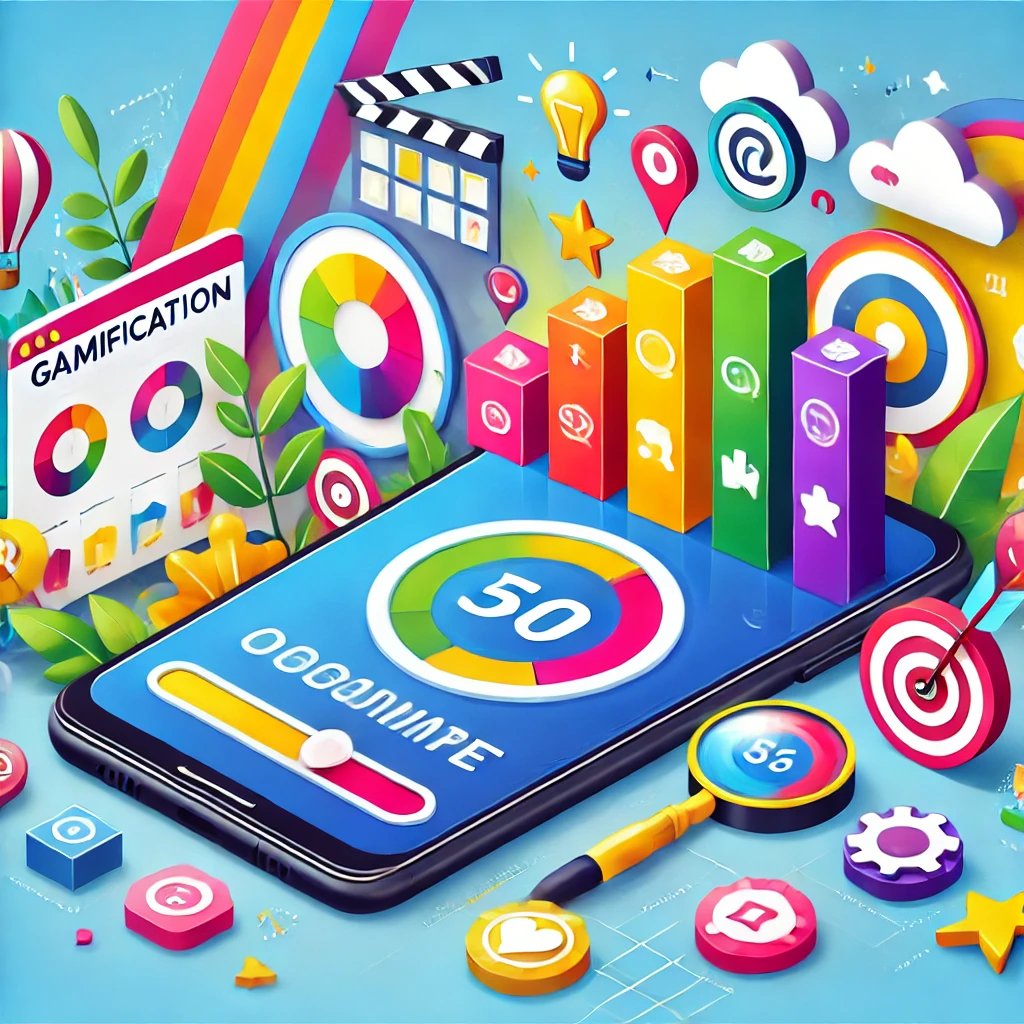
Welcome to João’s Tech Forum, where we dive into the fun side of technology. Today, we’re talking about a buzzword that’s been making waves across industries: gamification. But what exactly is it, and why should you care?
What Is Gamification?
Imagine turning every day into a game. That’s the essence of gamification. It’s the process of adding game-like elements — think points, badges, leaderboards, and challenges — to non-game environments. Whether it’s an app, a website, or even your daily routine, gamification transforms the mundane into something engaging and fun.
Why Gamification Works
At its core, gamification taps into basic human desires: achievement, competition, and reward. It leverages these instincts to encourage certain behaviours. Want people to exercise more? Add a step counter with daily goals. Want employees to complete training modules? Turn it into a challenge with badges and leaderboards. The possibilities are endless.
The Power of Points, Badges, and Leaderboards
- Points: Everyone loves to see numbers go up. Points systems reward users for completing tasks, which can be as simple as reading an article or as complex as completing a project.
- Badges: Badges are visual representations of achievements. They’re like modern-day trophies, showing off what you’ve accomplished. For example, Duolingo gives you a badge when you complete a language milestone, which feels awesome!
- Leaderboards: These introduce a competitive element. Seeing your name on top of a leaderboard not only feels good but also motivates you to stay there. Leaderboards can be individual or team-based, fostering both personal and group achievements.
Strategy Tips for Effective Gamification
- Know Your Audience: Tailor your gamification elements to what motivates your users. Some people are driven by competition, while others prefer collaboration or personal growth.
- Balance Challenge and Skill: The tasks should be challenging enough to keep users engaged but not so hard that they get frustrated. This balance, often referred to as the “flow state,” is crucial for maintaining interest.
- Offer Meaningful Rewards: Rewards should be more than just digital confetti. Whether it’s discounts, exclusive content, or real-world perks, the rewards need to be meaningful to the user.
- Keep It Simple: Overcomplicating your system can turn users off. Start with a few key elements and build from there based on user feedback.
- Encourage Social Sharing: Let users share their achievements on social media. This not only promotes your platform but also taps into users’ natural desire for social recognition.
Gamification in Action
Successful examples of gamification are everywhere. Fitbit makes exercise a game with step goals and challenges. Starbucks keeps you coming back for coffee with its rewards program. Even your favorite mobile games use daily streaks to keep you playing.
Final Thoughts
Gamification isn’t just a trend; it’s a powerful tool that, when used correctly, can boost engagement, productivity, and user satisfaction. So whether you’re building an app, designing a website, or just trying to motivate yourself to get more done, consider how you can make it a little more game-like. Who knows? You might just turn a chore into something you actually look forward to.
Feel free to post your thoughts and share your own experiences with gamification in the comments below! And remember, at João’s Tech Forum, we’re always here to turn tech talk into fun talk.